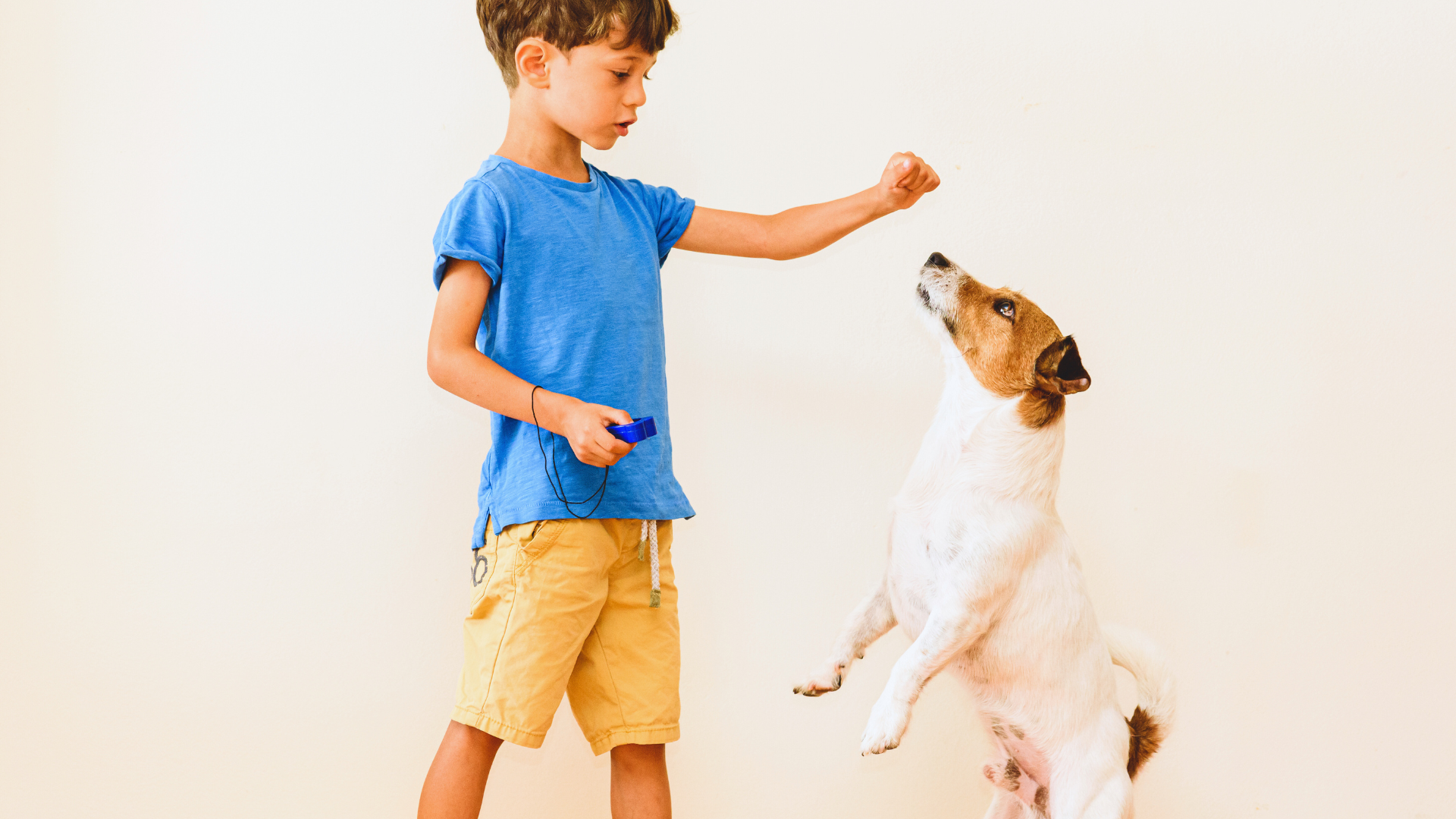Training a dog using positive reinforcement is an effective method that fosters a strong bond between the owner and their pet. This approach encourages desired behaviors by rewarding the dog with treats, praise, or playtime, making learning a positive experience. By focusing on reinforcement rather than punishment, owners can achieve better results and create a happier, more obedient dog.
Understanding the basics of positive reinforcement is essential for any dog owner. It involves identifying what motivates the dog, whether it’s food, toys, or affection, and using these incentives to encourage good behavior. This method builds trust and reinforces the idea that following commands leads to positive outcomes.
The journey of training a dog can be both rewarding and fun. Implementing positive reinforcement techniques not only helps in teaching commands but also enhances the overall relationship between an owner and their canine companion. With patience and consistency, anyone can become proficient in this method, leading to a well-behaved dog.
Understanding Positive Reinforcement for Dog Training
Positive reinforcement is a widely accepted method in dog training that encourages desired behaviors through rewards. This approach fosters a trusting relationship between the trainer and the dog, promoting effective learning.
What Is Positive Reinforcement?
Positive reinforcement involves providing a reward immediately after a dog exhibits a desired behavior. Rewards can include treats, praise, toys, or anything the dog values. The goal is to increase the likelihood of that behavior being repeated in the future.
For example, if a dog sits on command and receives a treat, it learns to associate the command with the reward. This method is effective because it motivates the dog to engage and participate in training sessions.
Consistency is key; rewards should be given promptly and consistently so the dog clearly understands which behavior is being reinforced. Utilizing positive reinforcement can lead to faster learning and a more enthusiastic response during training.
How Positive Reinforcement Differs from Punishment
Positive reinforcement contrasts sharply with punishment, which aims to decrease unwanted behaviors by delivering an aversive consequence. Punishment can lead to fear and anxiety, potentially harming the relationship between the dog and trainer.
For instance, scolding a dog for barking will not teach it what to do instead. In contrast, rewarding quiet behavior encourages the dog to remain calm. Positive reinforcement builds trust and motivation, whereas punishment may create confusion and resentment.
Research shows that dogs trained with positive reinforcement methods often display fewer behavioral issues and are more eager to learn. This approach is viewed as more humane and effective for long-lasting behavioral change.
Essential Tools and Concepts for Effective Training
Successful dog training relies on selecting appropriate rewards and understanding their role in the learning process. Key concepts such as patience are fundamental to achieving desired behaviors over time.
Choosing Effective Rewards
Effective rewards can motivate a dog and reinforce desired behavior. Rewards vary from dog to dog; what excites one might not appeal to another.
Common types of rewards include:
- Treats: High-value snacks that dogs love.
- Toys: Interesting items that provide mental stimulation.
- Praise: Verbal affirmations and physical affection.
Identifying what rewards truly engage a specific dog is essential. Consistency in using rewards ensures that the dog understands the connection between the desired behavior and the reward received.
The Role of Treats in Positive Reinforcement
Treats play a pivotal role in positive reinforcement training. They are immediate, tangible rewards that enhance learning. Using small, soft treats can be effective as they are easy to consume quickly, allowing for more repetitions during a training session.
It is important to choose treats that are:
- Nutritious: Healthy options that won’t disrupt the dog’s diet.
- Appealing: Ensure the treat smells and tastes great to the dog.
- Size appropriate: Small enough that the dog can eat them quickly.
Gradually reducing treat frequency, while maintaining praise, helps ensure the dog doesn’t rely solely on treats for motivation.
Building Patience During the Training Process
Patience is crucial in the journey of training a dog effectively. Learning doesn’t happen overnight; dogs need time to grasp new concepts.
Handlers should:
- Practice consistently: Regular sessions help reinforce learning.
- Recognize small successes: Celebrate incremental improvements to maintain motivation.
- Create a calm environment: Minimize distractions to enhance focus during training.
By allowing a dog the necessary time to learn, trainers foster a positive experience. This patience results in lasting behaviors that benefit both the dog and the handler in the long run.
Step-by-Step Guide to Positive Reinforcement Training
Positive reinforcement training effectively encourages desired behaviors in dogs by using rewards. This method involves teaching basic commands while maintaining consistent training practices for the best results.
Teaching Basic Commands with Positive Reinforcement
When teaching a dog basic commands, such as sit, stay, and come, he should be rewarded immediately upon successfully performing the command. Using treats, toys, or praise can reinforce learning.
- Start with Short Sessions: Training should last around 5-10 minutes to maintain the dog’s focus. Multiple short sessions throughout the day are more effective than a single long session.
- Use Clear Commands: Use a distinct, consistent command for each behavior. A firm yet friendly tone helps the dog understand expectations.
- Reward Promptly: Deliver a reward immediately after the dog obeys the command to establish a clear connection between the behavior and the reward.
- Gradual Increase of Difficulty: Begin in a distraction-free environment and gradually introduce challenges as the dog becomes more proficient.
Maintaining Consistency in Training Sessions
Consistency is crucial in positive reinforcement training. Without it, dogs may become confused about expectations.
- Set a Regular Schedule: Train at the same times each day to create a routine. Consistency in timing helps the dog anticipate training sessions.
- Enforce Commands Uniformly: All family members should use the same commands and reward system. Different cues can lead to mixed signals.
- Keep Rewards Consistent: Use the same type of reward for specific behaviors initially. Once the dog learns the command, rewards can vary but should remain meaningful.
- Evaluate Progress: Regularly assess the dog’s understanding. If he struggles with a command, revisit earlier steps before moving forward.
By employing these strategies, effective training through positive reinforcement can be achieved.


